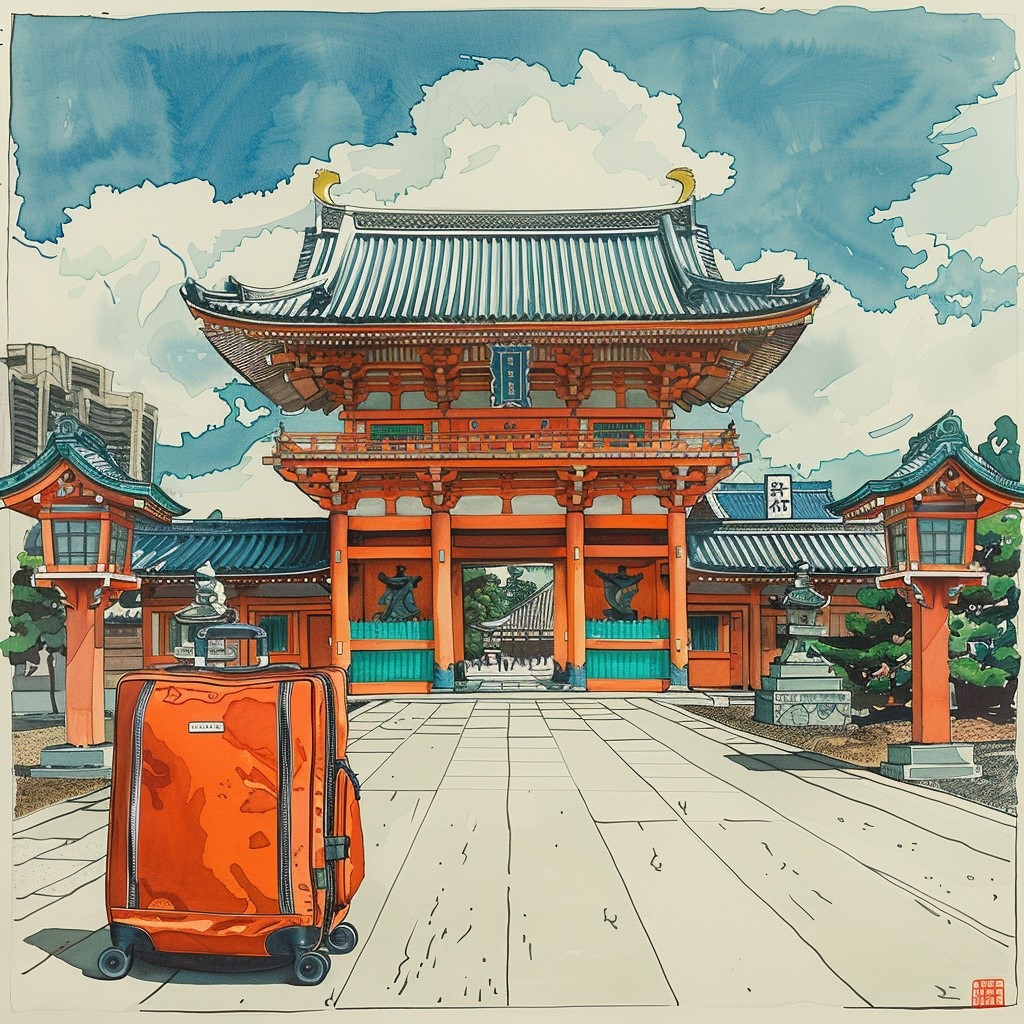Переезд в Японию: стоит ли решаться?
 [lang=ru]
[lang=ru]
Переезд в Японию: стоит ли решаться?
Переезд в Японию: стоит ли решаться?
Программист Янус из Эстонии недавно сменил обстановку, выбрав Японию своим новым домом. Давайте узнаем через его опыт, какова жизнь на островах, где солнце встает первым.
Япония привлекает многих своей уникальной культурой и передовыми технологиями. Янус, IT-специалист, недавно перебрался туда и поделился своими впечатлениями о жизни в этой стране.
Выбор страны для переезда: Почему Япония?
В нашем обзоре мы сосредоточим внимание на личном опыте проживания в Японии. Надеемся, что эти заметки помогут вам сделать осознанный выбор при рассмотрении возможности переезда. Думы о том, чтобы начать жизнь в новой стране, витали в моей голове уже давно. Изучая различные места для возможного переселения, я пришел к выводу, что Япония станет для меня идеальным вариантом. Её удивительная природа, уникальная культура и богатая история оказались решающими факторами. К тому же, увлечение покемонами с детства лишь укрепило мою любовь к этой стране.
Жизнь в Японии: стоит ли переезжать?
Бытовые условия
Мой дом — это шэр-хаус в Токио. Это место, где каждый арендует отдельную комнату. Мы делим кухню со всеми жильцами и используем общие душевые, расположенные на этаже. Это напоминает студенческое общежитие, но здесь нет ни дежурного, ни системы контроля входа.
Обсуждаем переезд в Японию
Одной из особенностей является стоимость аренды жилья. В среднем, арендная плата за комнату с учетом коммунальных услуг обходится в 380 евро ежемесячно. В холодное время года в домах тепло благодаря обогревателям, а в жару прохладу обеспечивают кондиционеры. Потребление электроэнергии увеличивается, но это не сильно отражается на моем бюджете.
Распределение бытовых задач между соседями в Японии
Мы с соседями поочерёдно занимаемся домашними делами, например, утилизацией отходов. Японская система переработки мусора включает разделение на четыре категории: горючие отходы, пластики, металлы и крупногабаритный мусор, куда входят старая электроника, обувь и кухонная утварь. От нашего дома до знаменитого района Сибуя в Токио всего десять минут на электричке. Там расположен известный памятник верному псу Хатико и перекресток, славящийся своей особой оживлённостью и упоминаемый во множестве кинолент, включая «Форсаж 3».
Общественные связи в Японии
Учусь в школе японского, в повседневной жизни использую английский, русский и японский для общения. Мои соседи — люди со всего мира: из Китая, Гонконга, Таиланда, Турции, США, Франции, Казахстана, России, стран Европы и Латинской Америки. Общение с ними и моими однокурсниками обеспечивает хорошую социальную среду и возможности для дружбы.
Изменения погодных условий
Летом прошлого года наблюдалась необычно длительная жара: более месяца температура не опускалась ниже 35 градусов Цельсия. В марте этого года жители были удивлены неожиданным снегопадом, который стал первым за значительное время. В Токио снежные осадки редки, обычно выпадают пару раз за зиму и тают уже на следующее утро. Зимой в Токио царит умеренная погода с температурами в районе 5–10 градусов Цельсия, что позволяет наслаждаться прогулками на свежем воздухе при ясном небе. Единственным исключением является июнь, когда проливные дожди заставляют отложить прогулки на другое время.
Питание в Японии
Японская кулинария представляет собой уникальное сочетание традиций и инноваций. Пища здесь не только сытная, но и красивая визуально, каждое блюдо — это произведение искусства. Местное население предпочитает свежие, сезонные продукты, что делает их рацион особенно полезным. Стоимость продуктов в Японии может быть высокой из-за необходимости импорта большого количества продовольствия.
Почему японская кухня — это отличный выбор
Япония славится своим кулинарным разнообразием: каждый уголок страны может похвастаться особыми гастрономическими изысками. Например, северные регионы известны своими версиями рамен, в то время как южные предпочитают сладости и такояки, приготовленные из осьминога. Рассматривая возможность переезда в Японию, не могу не упомянуть местную кухню, которая мне по душе. Возможность готовить дома есть всегда, но чаще всего я выбираю уже приготовленные блюда. Удобно, что неподалёку от дома расположен супермаркет с отличным выбором готовой еды, не уступающей домашней. В нём еда не задерживается более шести часов, что говорит о её качестве. Начальное недоумение от местных гастрономических традиций быстро сменяется осознанием того, насколько они вкусны.
Переосмысление удобства в использовании столовых приборов
С течением времени я осознал, что палочки стали для меня более функциональным инструментом по сравнению с вилкой.

